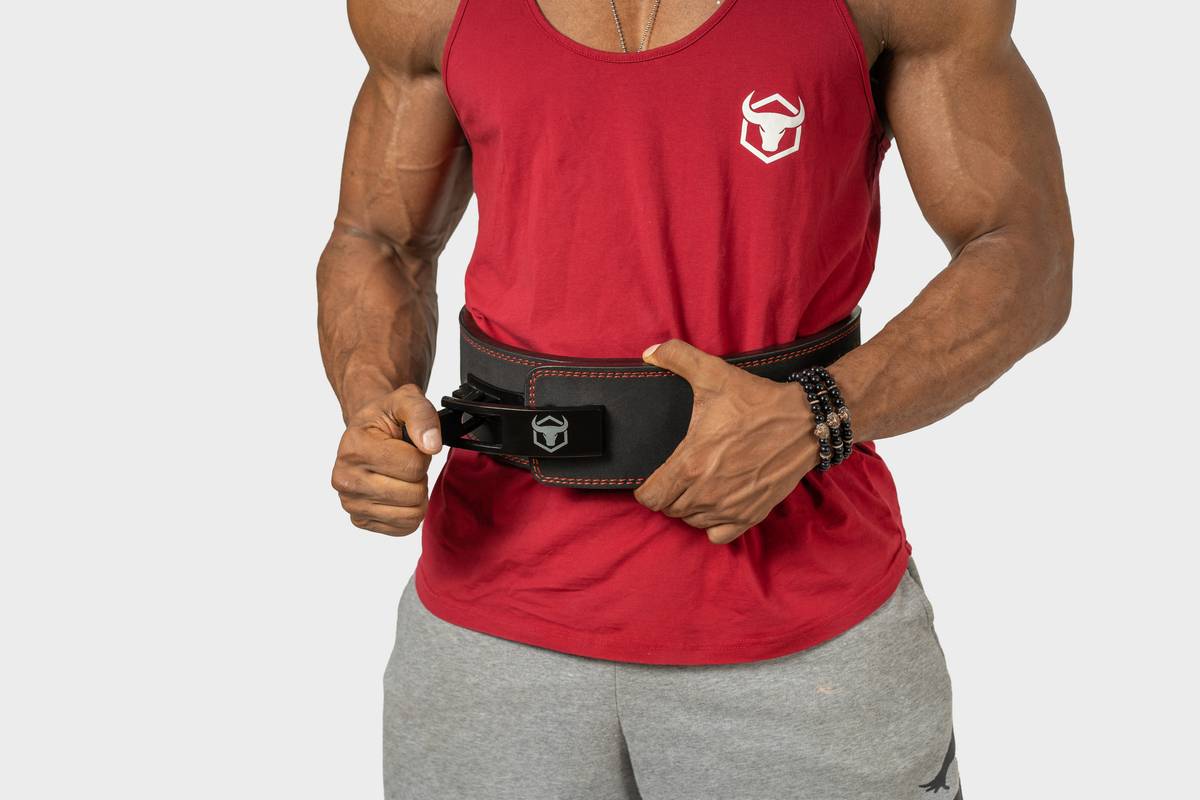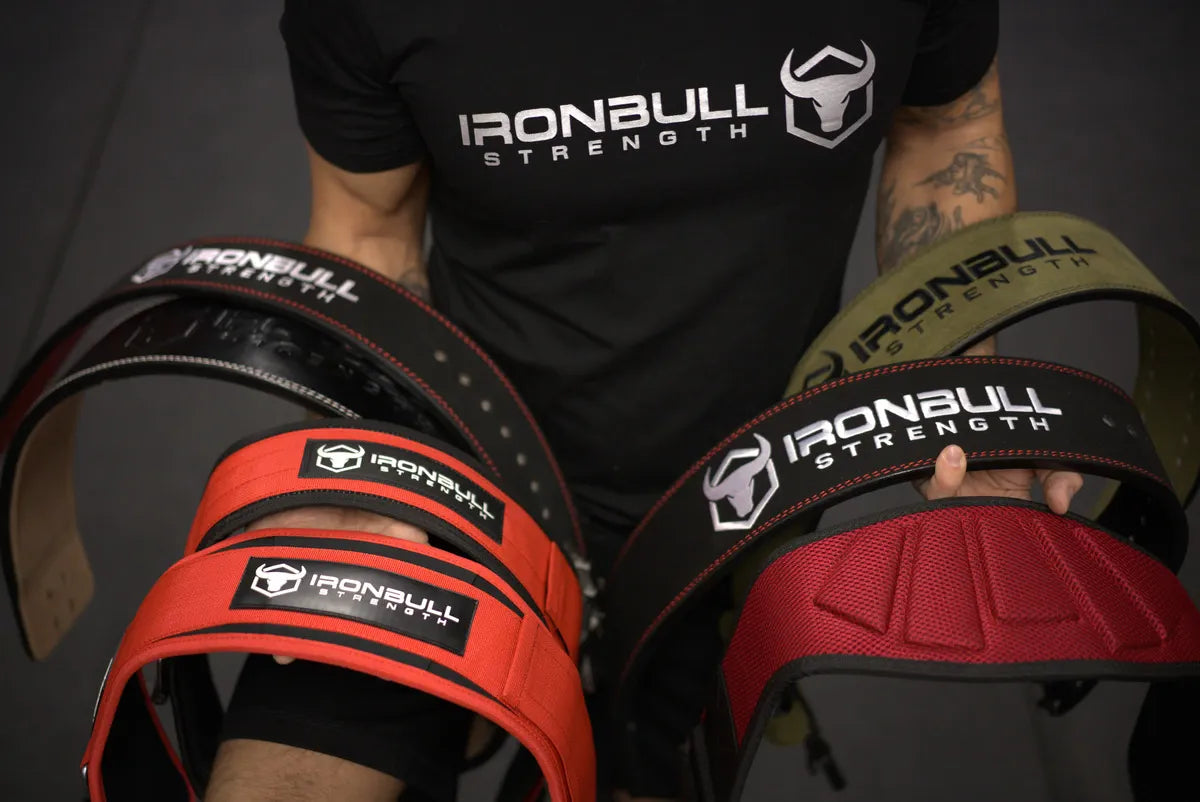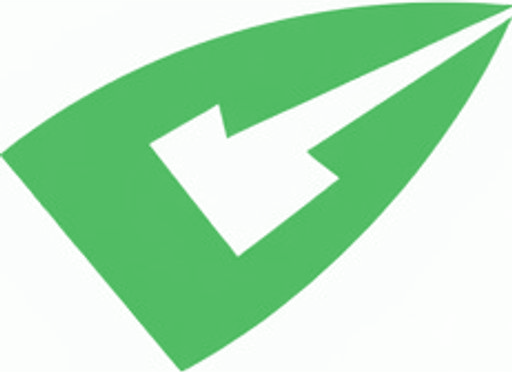
The Ultimate Guide to Lifting Belts: When Do You Really Need One?
When properly used, a lifting belt enhances performance and safety during heavy compound lifts by increasing intra-abdominal pressure (IAP) and stabilizing the spine. Here's what you need to know about lifting belts and their proper application.
Understanding Lifting Belt Benefits
A lifting belt primarily works by:
- Increasing intra-abdominal pressure for spine stabilization
- Enhancing core bracing mechanics
- Improving force generation during heavy lifts
- Reducing risk of spinal flexion/extension injuries
When to Use a Belt
Best for:
- Heavy squats (80%+ of max)
- Maximum deadlifts
- Overhead press
- Olympic lifts
Not necessary for:
- Isolation exercises
- Warm-up sets
- Light training
- General workout routines

Man wearing black powerlifting belt
Proper Belt Usage
Positioning:
- Place just above hip bones
- Cover lower abdomen and lumbar spine
- Ensure snug but not restrictive fit
Bracing technique:
- Take deep diaphragmatic breath
- Expand abdomen against belt
- Maintain tension throughout lift
- Brace core actively into the belt

Man demonstrating lifting belt tightness
Choosing the Right Belt
For powerlifting:
- 10-13mm thick leather
- Prong or lever buckle
- Maximum stability
For Olympic lifting:
- 6-10mm thickness
- More flexible material
- Often Velcro closure
For general training:
- 8-10mm leather
- Balance of support and mobility
Remember: A lifting belt enhances proper technique but doesn't replace it. Focus on developing core strength and proper bracing mechanics before incorporating a belt into your training routine.
